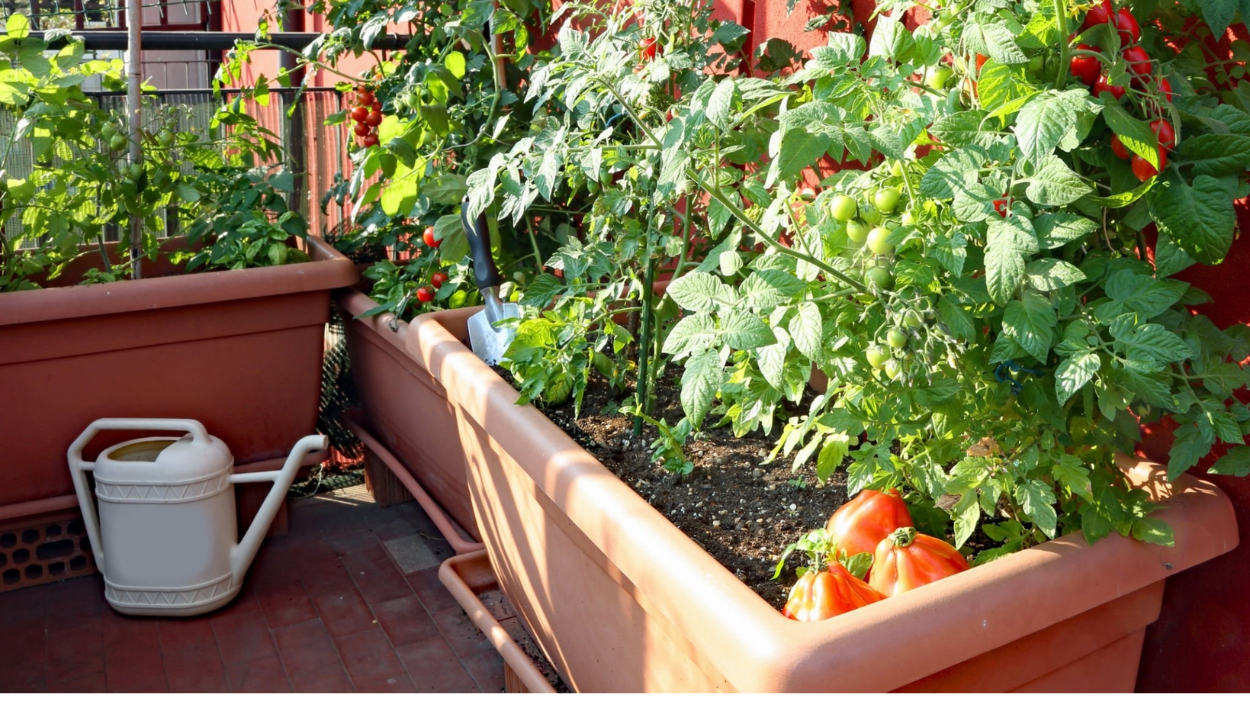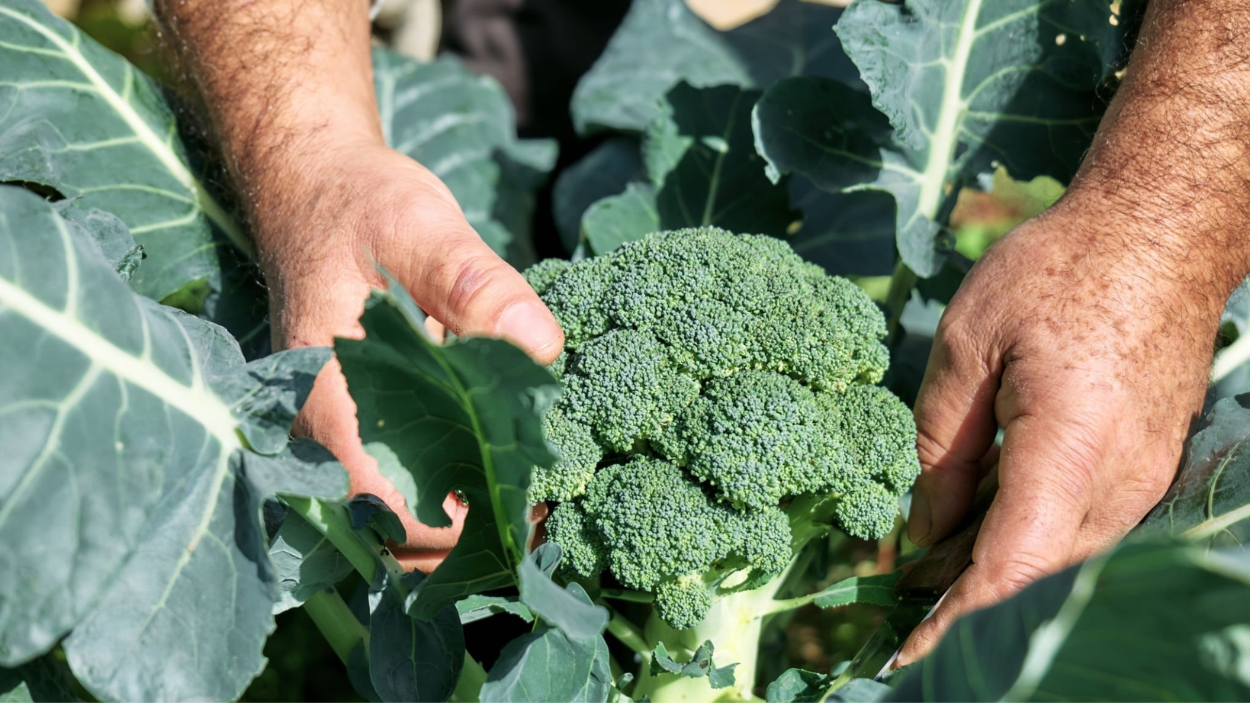Overwatering: The Main Reason for Yellowing Palm Leaves
Overwatering is the most common cause of yellowing palm leaves. When the soil is consistently waterlogged, the roots of the palm tree can't get enough oxygen, leading to root rot. As a result, the tree becomes stressed, and the leaves start to turn yellow.
Overwatering can occur due to various reasons, including:
Watering too frequently: If you're watering your palm tree too often, the soil may become waterlogged, leading to root rot.
Watering during the wrong time: Watering your palm tree during the hottest part of the day can cause the soil to become waterlogged, as the water won't have a chance to evaporate quickly enough.
Poor drainage: If the soil doesn't drain well, water can accumulate around the roots, leading to root rot.
Other Reasons for Yellowing Palm Leaves
While overwatering is the main reason for yellowing palm leaves, there are other factors that can cause this issue, including:
Underwatering: Believe it or not, underwatering can also cause palm leaves to turn yellow. If the soil is too dry, the tree may not get enough water to carry out its normal functions, leading to yellowing leaves.
Nutrient deficiency: Palm trees require essential nutrients like potassium, magnesium, and iron to stay healthy. A lack of these nutrients can cause the leaves to turn yellow.
Pests and diseases: Pests like scales, mites, and mealybugs can feed on the sap of the palm tree, causing damage and discoloration. Fungal diseases like Fusarium wilt and lethal yellowing can also cause yellowing and browning of the leaves.
Environmental stress: Environmental stressors like extreme temperatures, strong winds, and sudden changes in humidity can cause palm leaves to turn yellow.
Tips to Address Yellowing Palm Leaves
If you've identified overwatering as the cause of yellowing palm leaves, here are some tips to address the issue:
Reduce watering: If you're watering your palm tree too frequently, reduce the frequency of watering. Only water your palm tree when the soil feels dry to the touch.
Improve drainage: If the soil doesn't drain well, consider adding organic matter like compost or perlite to improve drainage.
Prune-affected fronds: Remove any affected fronds or leaves to prevent the disease from spreading.
Fertilize: Fertilize your palm tree regularly to ensure it's getting the necessary nutrients. Use a balanced fertilizer that contains potassium, magnesium, and iron.
Save a Dying Palm Tree?
If your palm tree is turning yellow and brown, it's essential to act quickly to save it. Here are some tips:
Identify the Cause: Determine the underlying cause of the discoloration. Check for signs of pests, diseases, or environmental stress.
Prune Affected Fronds: Remove any affected fronds or leaves to prevent the disease or pests from spreading. Prune the fronds that are entirely yellow or brown, as they won't turn green again.
Adjust Your Watering Habits: Check your watering habits and adjust them accordingly. Make sure you're not overwatering or underwatering your palm tree.
Fertilize: Fertilize your palm tree regularly to ensure it's getting the necessary nutrients. Use a balanced fertilizer that contains potassium, magnesium, and iron.
Treat Pests and Diseases: If you've identified pests or diseases, treat your palm tree accordingly. Use insecticidal soap or neem oil to get rid of pests, and fungicides to treat fungal diseases.
Provide Proper Care: Provide your palm tree with proper care, including enough sunlight, suitable temperatures, and adequate humidity.



